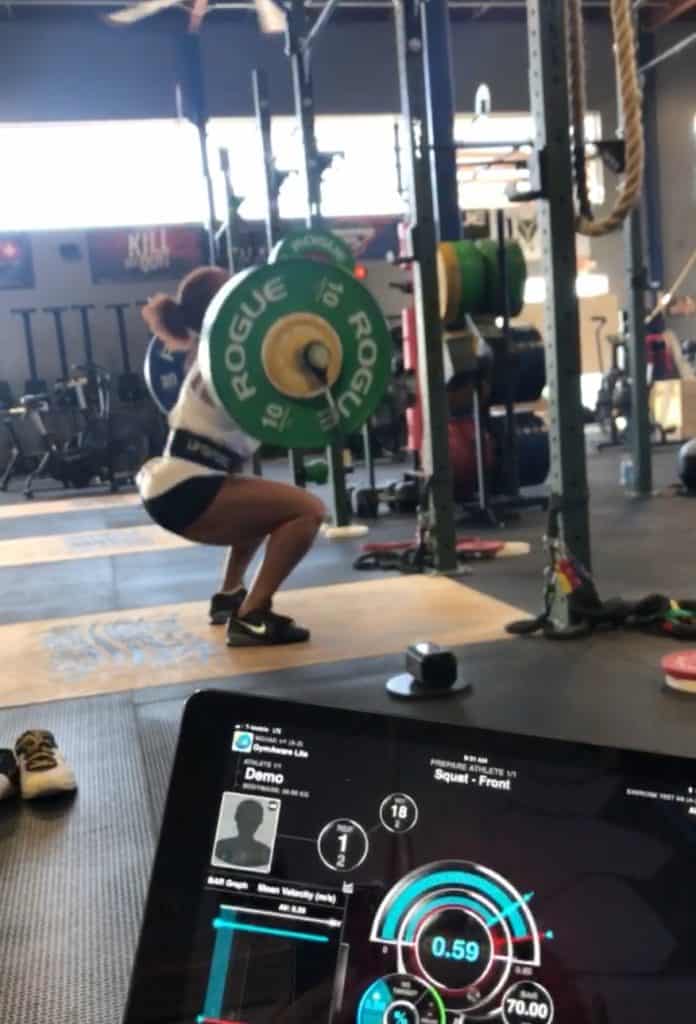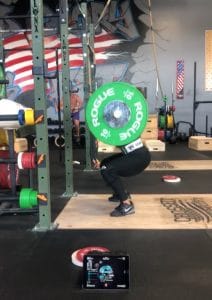Over a year ago, I stumbled upon velocity based training. I was fascinated by the idea that a coach could directly create the type of impact and stimulus desired with almost precise certainty. I loved the idea that if I wanted to work a certain phase of strength development, I could set a limit to how slow the bar can move and not have to worry about the athlete having a good or a bad day by using percentages. VBT training looked like the perfect combination of perceived exertion work and classic linear periodization. As we experimented and tested ways to apply these principles to the Olympic lifts, specifically to high-level Olympic weightlifting competitors, we learned a few things about how to best use velocity in preparation for competition. In this three-part blog series, I’m going to try to give three easy ways to watch speed in an effort to create the best, most precise, peak performance in competition.

Thus, during our final four-week preparatory block for the American Open Three in Las Vegas, many of our lifters had specific speed parameters they had to meet in order to add weight to the bar. For instance, Shayla had five doubles that needed to be completed at .45 m/s or faster. I selected this specific speed because at this point in the cycle when she had a squat session we were in the process of transitioning from pure strength work into high power, accelerative strength work. Basically, we are in the process of transitioning from slow squats to really fast squats. We began slowly bringing the bar speed higher and higher as a transition happened. There’s a little bit of an art that has to be taken into account. Not everybody squats the same and not everybody responds to that transition the same, however, it is critically important for all weightlifters to be moving fast the closer they get to competition.

